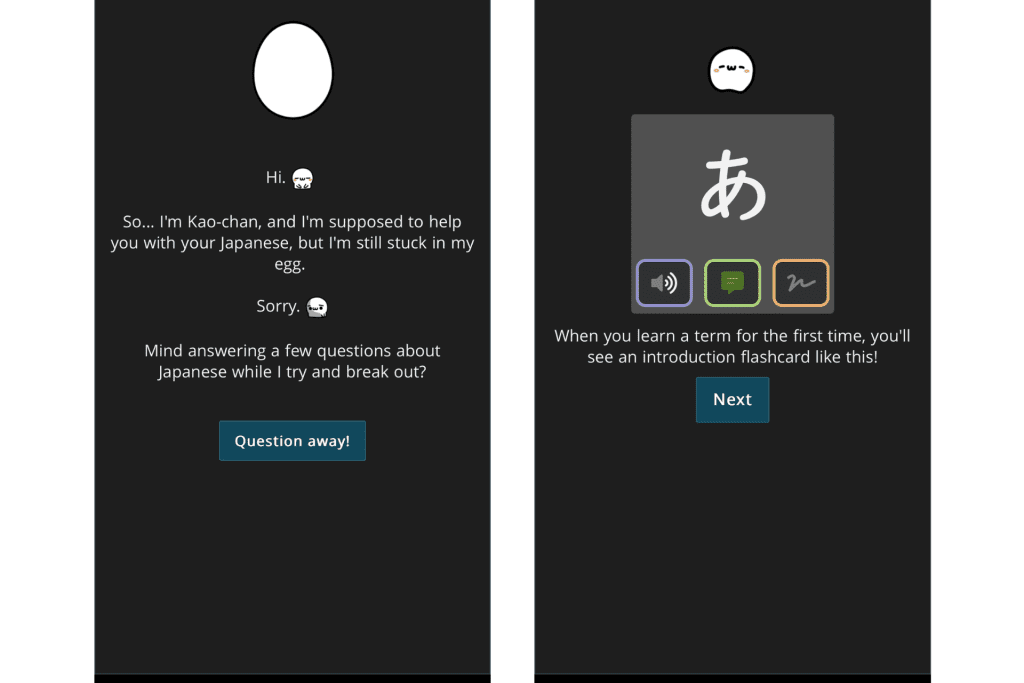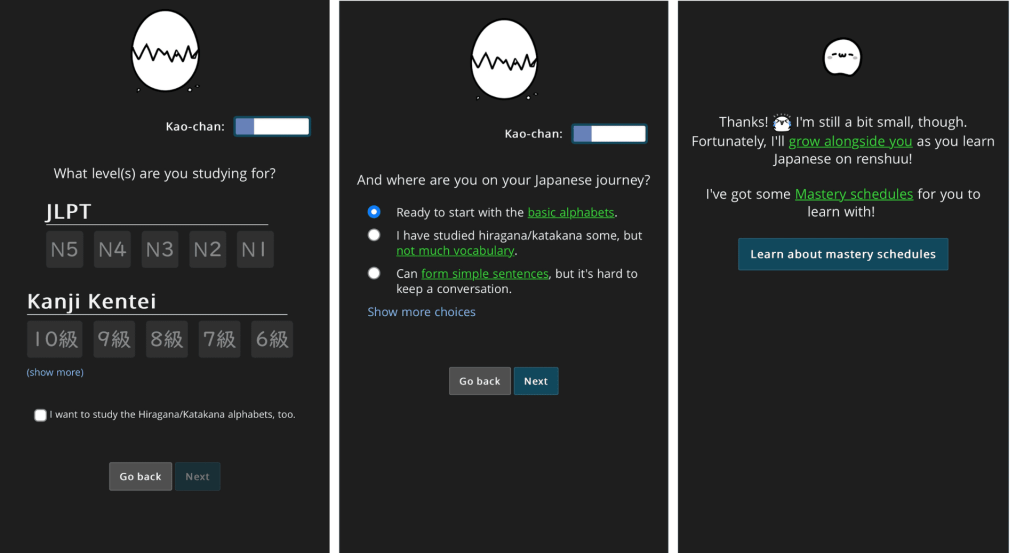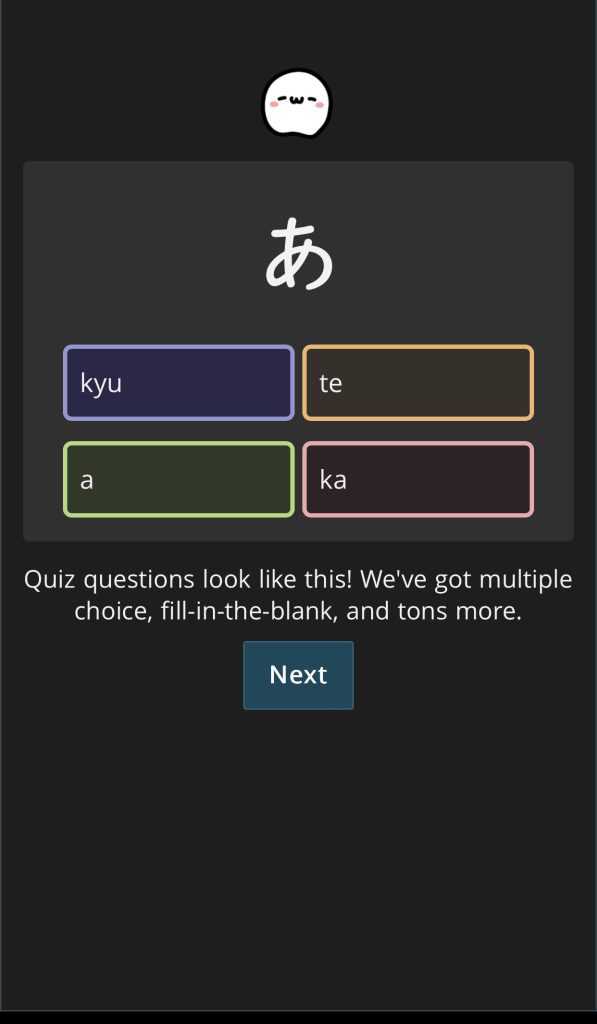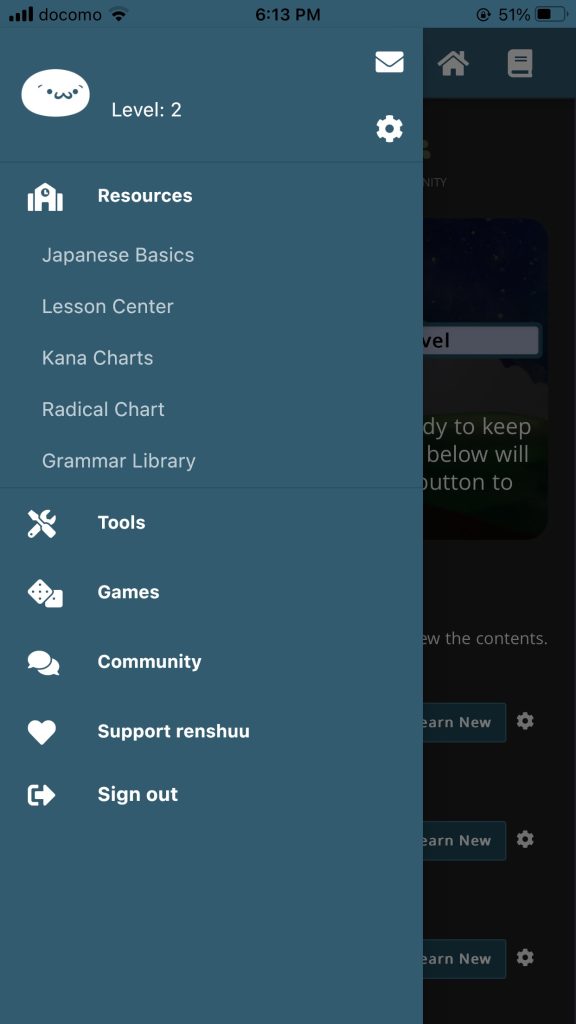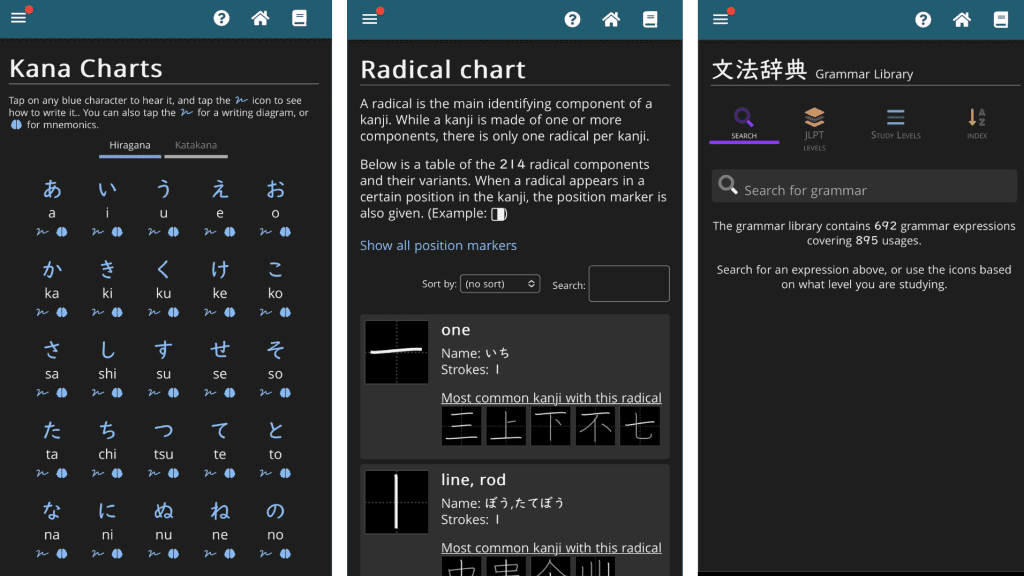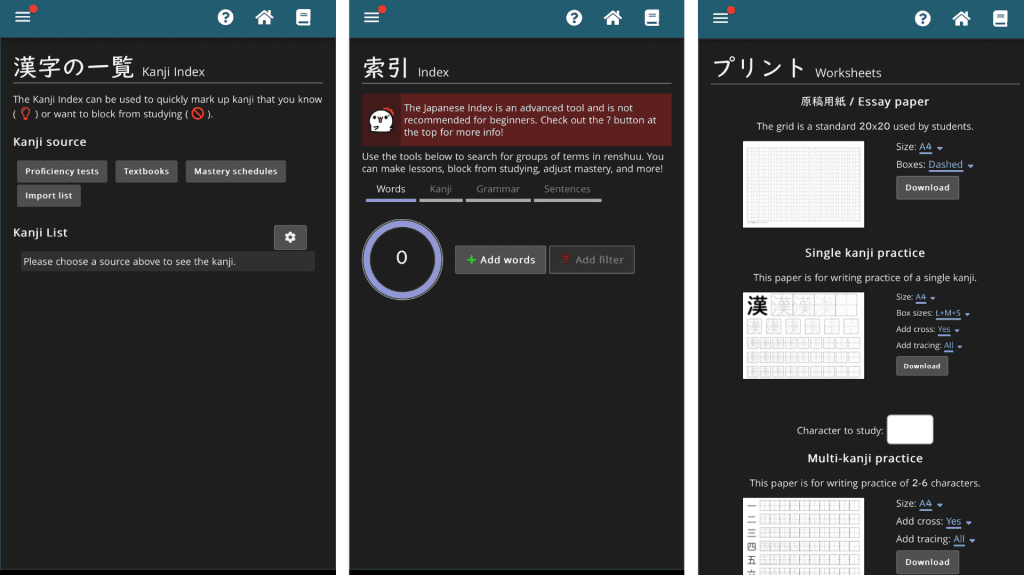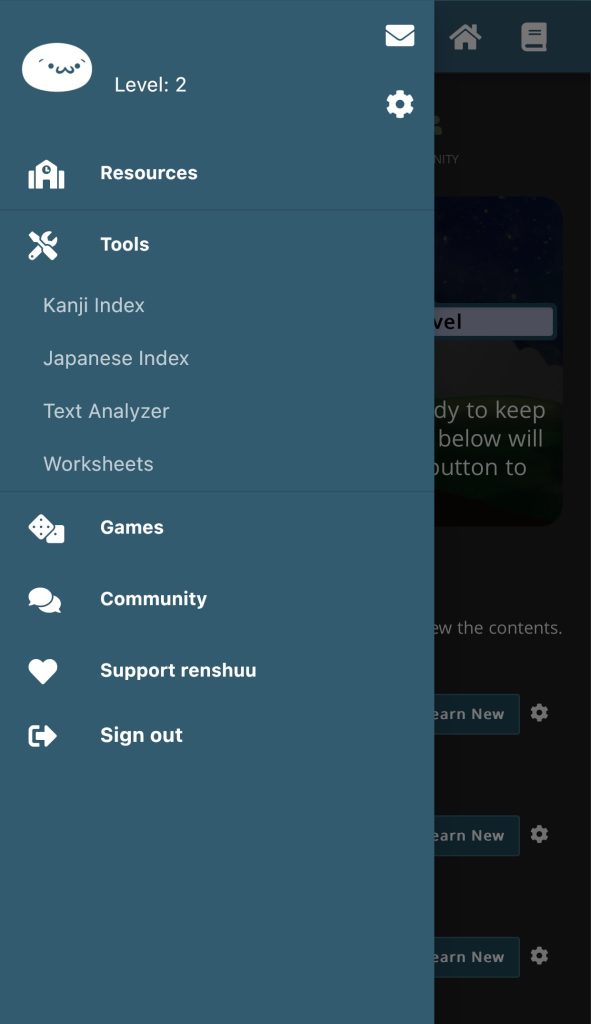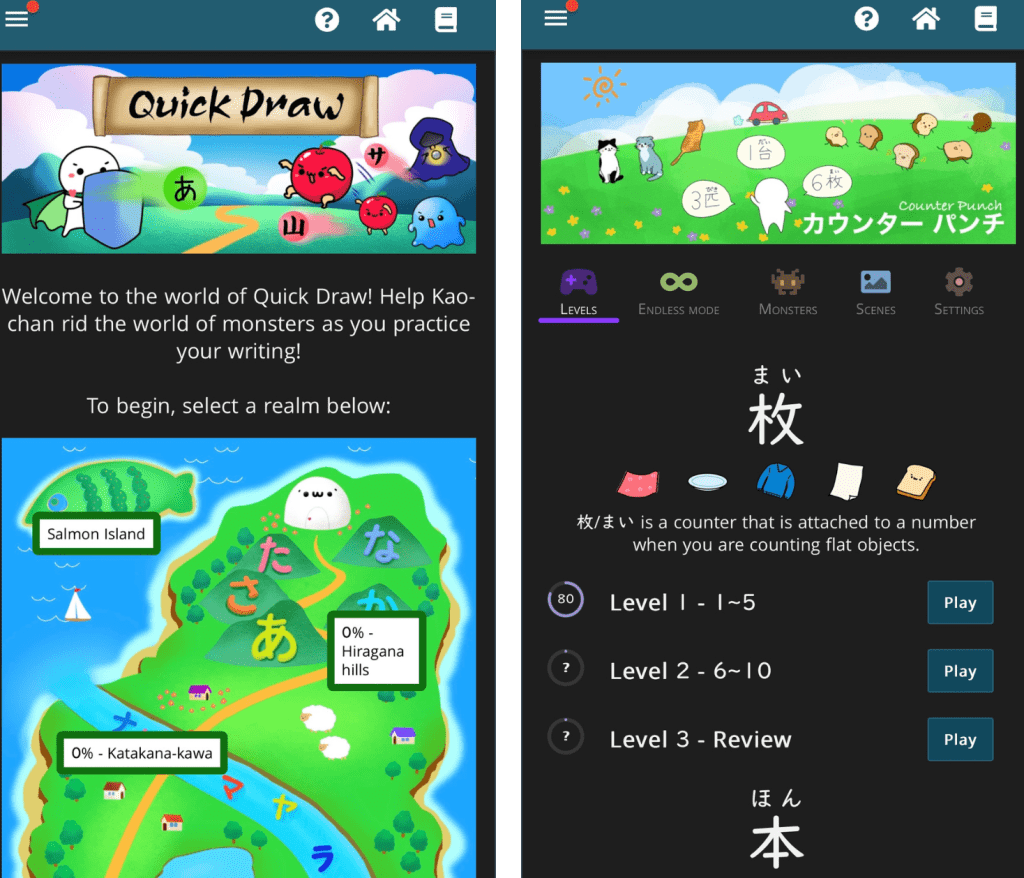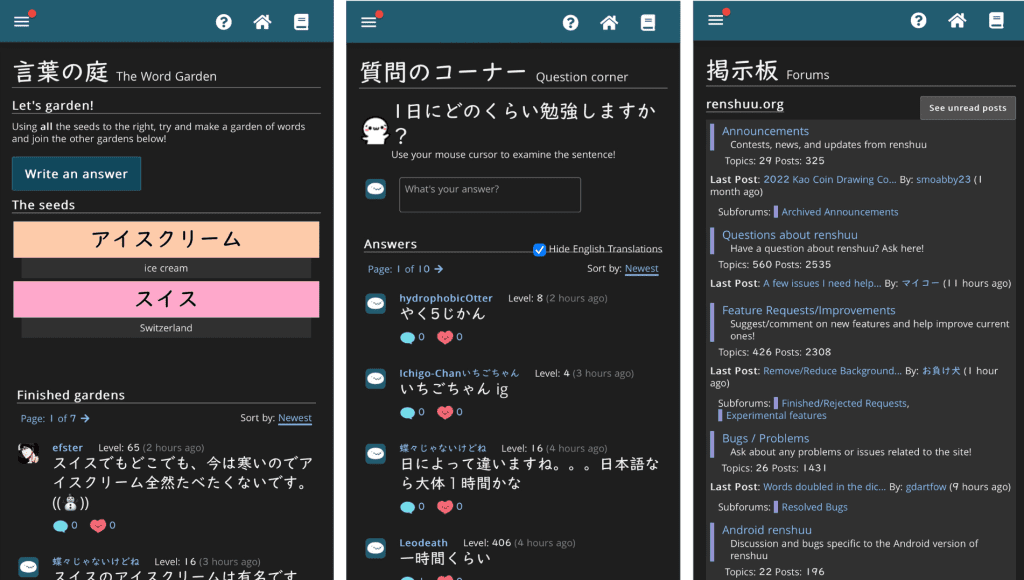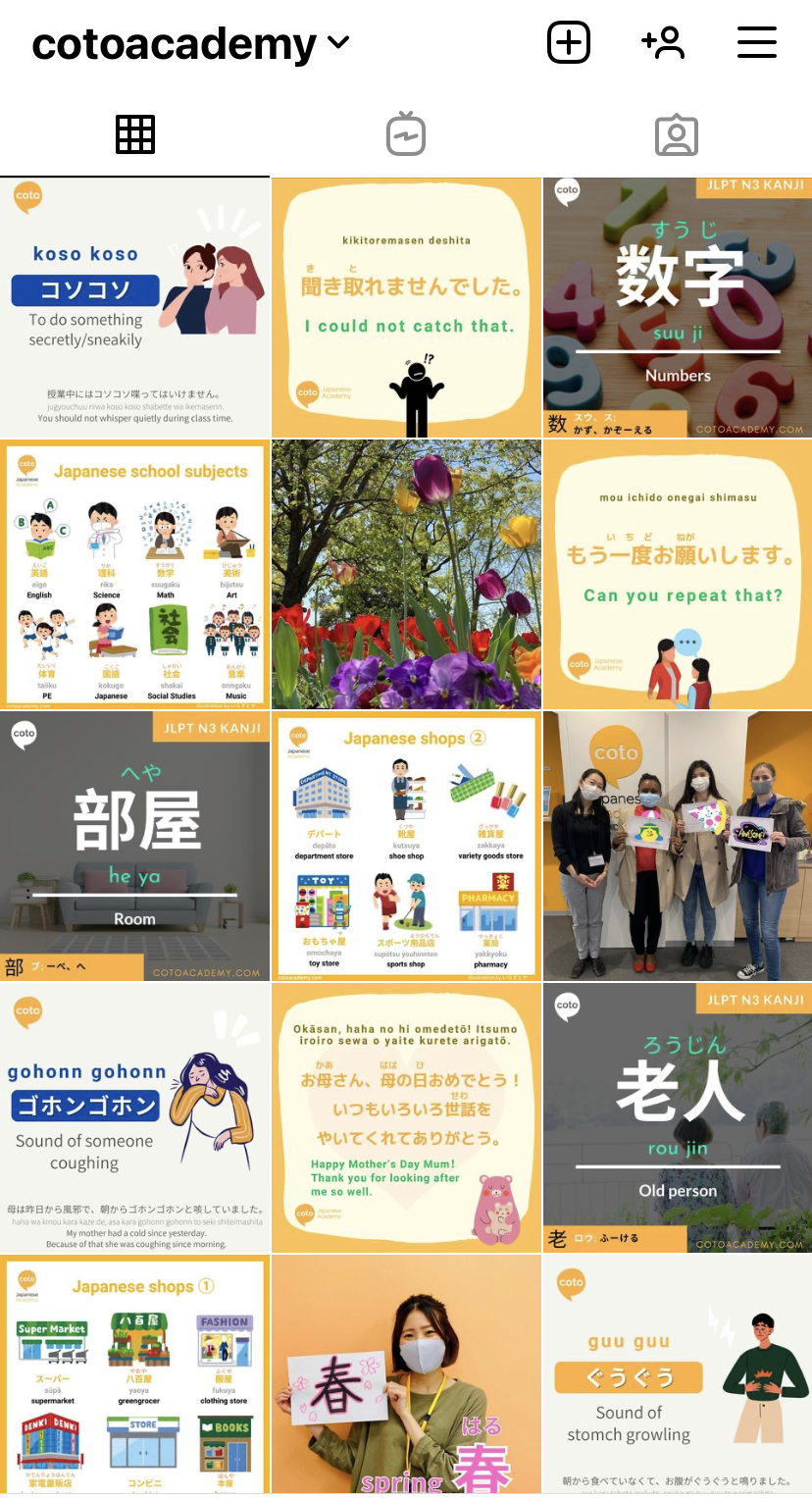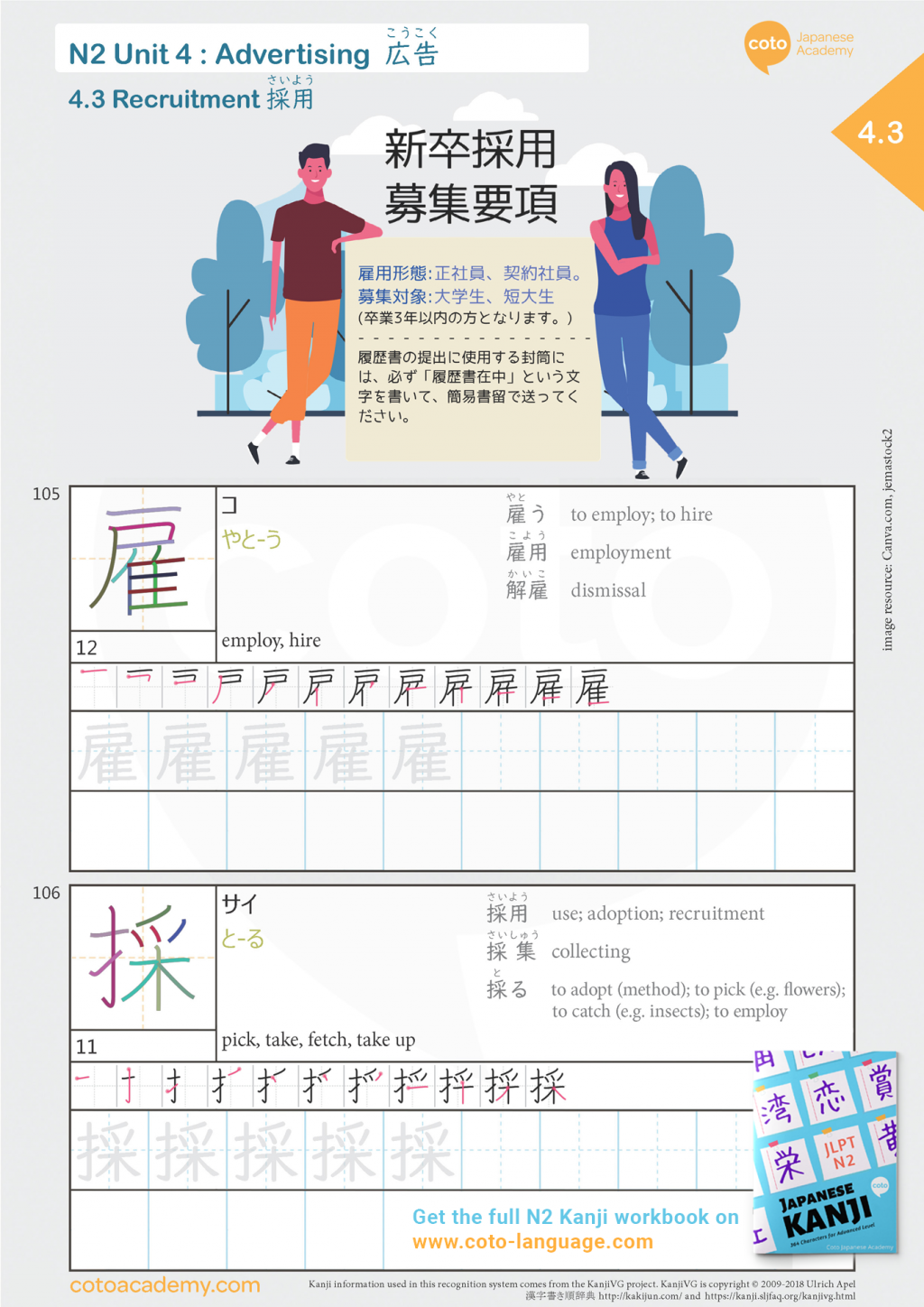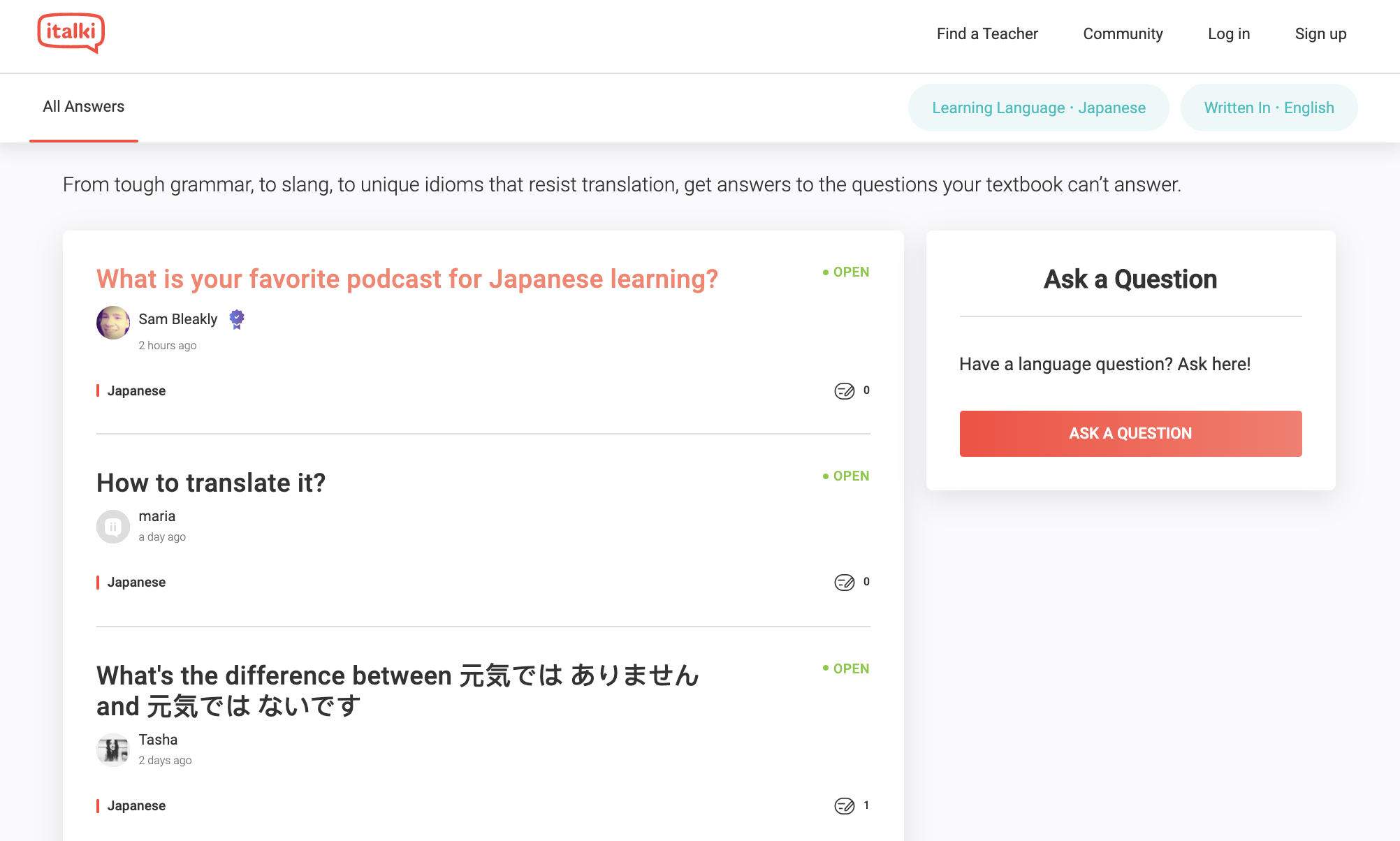How do you read Japanese food and nutrition labels? Imagine you’re shopping in Japan and suddenly you’re bombarded with food labeling words and information you can’t read. You take out your phone to translate the images, and sometimes it’s right and other times it’s…hardly comprehensible.
It might be scary to navigate the food aisles of Japanese supermarkets and convenience stores when you don’t know what’s in your food. You might have allergies and dietary restrictions (halal, vegan, etc.), or you just want to watch what you eat. So, maybe it might be nice to know what some of the food labels mean without stressing too much..
To understand Japanese ingredients, we are breaking Japanese food labeling standards piece by piece. Read until the end to see a full guide to an actual product food label!
Before you go: Want to learn Japanese for daily life? Practice with Coto Academy and start speaking and reading Japanese! Contact us and sign up for our Japanese courses!
Introduction to Japanese Nutrition & Ingredient Labels
Generally, ingredient information in Japan will be found under the label 原材料名 (genzai ryo mei). Nutrition information is labelled as 栄養成分表示 (eiyou seibun hyouji).
Like in most other countries, ingredients are usually listed from highest to lowest content by weight. For instance, if wheat is listed first, wheat would make up the largest concentration in the product.
Nutrition information, such as energy, protein, fat, and carbohydrates, is listed separately from ingredient information lists, such as meat, dairy, fruits, vegetables, additives, and artificial flavors.
The chart below shows ingredient labeling (原材料名) and nutrition labeling (栄養成分表示):
Key Nutritional Terms:
| Japanese | Furigana | English |
| エネルギー enerugii | えねるぎー | Energy / Calories |
| 蛋白質 tanpakushitsu | たんぱくしつ | Protein |
| 脂質 shishitsu | ししつ | Fat |
| 炭水化物 tansuikabutsu | たんすいかぶつ | Carbohydrate |
| 糖質 toushitsu | とうしつ | Sugar |
| 食物繊維 shokubutsuseni | しょくぶつせんい | Fiber |
| 食塩 shokuen | しょくえん | Salt |
| 低カロリー teikarorii | ていかろりー | Low Calorie |
| 高たんぱく質 koutanpakushitsu | こうたんぱくしつ | High Protein |
| 無糖 mutou | むとう | No sugar |
| 低脂肪 teishibou | ていしぼう | Low Fat |
| 香料 kouryou | こうりょう | Artificial Flavor / Smell |
| 調味料 choumiryou | ちょうみりょう | Flavor/Taste |
| 水分補給 suibun hokyuu | すいぶんほきゅう | Hydrating |
Reading Ingredients And Nutrients On Japanese Labels
So, let’s take a look at an actual food label of a milk carton and see what information we can take away based on what we discussed:
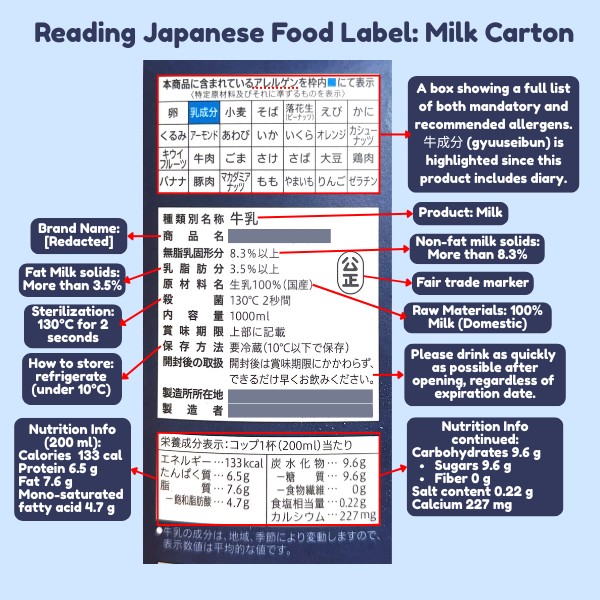
You might be interested in: Top Japanese Supermarkets in Tokyo
Common Ingredients And Nutrition In Japanese
It is always best to know exactly what is in anything you consume, especially in prepackaged or processed food items. Most products will have some form of Japanese labelling on the front of the package (where the brand is usually located).
These products might want to highlight ingredients or nutrients that consumers seek, such as high protein, low calories, or added vitamins.
There are also laws in Japan requiring that promotional nutrient labelling does not mislead consumers. For instance, if a product has a sugar-free label, then it must not contain any traceable amounts of sugar.
Check out the chart below for an easy guide to common labels on the front of packages:
The Essential Food Labelings To Know In Japanese
Expiration Dates and Best By Dates
You are probably wondering how “use-by” and “best by” dates are labeled on Japanese products. These must always be included on all products and are usually found separated from all other product information.
What are their differences?
消費期限 shouhi kigen: “Use By” Date
| Meaning | This is the last safe date to consume the product. After this date, safety is not guaranteed. |
| Product Uses | Highly perishable foods that can spoil quickly even if stored properly. |
| Examples | Fresh bento boxes, sandwiches, raw meat or fish, fresh cream desserts, tofu, milk. |
| Label Format | Usually printed as 消費期限: YYYY年MM月DD日 |
| Legal Requirement | Mandatory for perishable foods under Japan’s Food Labeling Standards. |
賞味期限 shoumi kigen: “Best Before” Date
| Meaning | Indicates the date until which the product retains its best quality, not safety. It may still be safe to eat after this date if unopened.. |
| Product Uses | Products with longer shelf lives, where spoilage happens gradually. |
| Examples | Snacks, canned foods, instant noodles, dry goods, frozen meals, chocolate. |
| Label Format | Usually printed as 賞味期限: YYYY年MM月DD日 |
| Legal Note | Still safe after expiry if no obvious spoilage, but not guaranteed to taste as good. |
Storing Information
Products are required by the Consumer Affairs Agency (CAA) to display best storage practices for perishable goods. All raw meat and fresh dairy products, for example, will need to include information on storing them in a fridge or freezer for the product to last until its “Use By” date.
Common storage labelling in Japanese:
| Japanese | Furigana | English Meaning |
| 保存方法 hozon houhou | ほぞんほうほう | Storage method/instructions |
| 常温で保存 jouon de hozon | じょうおんでほぞん | Store at room temperature |
| 直射日光、高温多湿を避けて保存 chokusha nikkou, kouon tashitsu o sakete hozon | ちょくしゃにっこう、こうおんたしつをさけてほぞん | Avoid direct sunlight, high temperature, and humidity |
| 要冷蔵(10℃以下)youreizou (juudo ika) | ようれいぞう(10℃いか) | Keep refrigerated (below 10°C) |
| 要冷凍(-18℃以下)youreitou (mainasu juuhachi-do ika) | ようれいとう(-18℃いか) | Keep frozen (below -18°C) |
| 開封後は早めにお召し上がりくださいkaifuugo wa hayame ni omeshiagari kudasai | かいふうごははやめにおめしあがりください | Consume as soon as possible after opening |
Certified Japanese Food Labels
Official government agencies such as the CAA or the Ministry of Agriculture, Forestry, and Fisheries (MAFF) established certified markings for products meeting certain standards.
These markings can indicate whether a product is certified to be “healthy”, for “special dietary needs,” “organic”, and much more.
There are quite a few governmental bodies granting different markers, so here is a non-exhaustive list of certified labels to keep an eye out for:
Tokutei hokenyou shokuhin (特定保健用食品)
Simply トクホ tokuho, it is a certified marking granted by the CAA. It indicates a product has been proven with rigorous scientific evidence to be safe and effective for specific health purposes.
View the logo on CAA’s Food Labeling Website
Jouken tsuki tokutei hoken you shokuhin (条件付き特保健用食品)
The only difference is that products with this marker has some scientific evidence to be effective for certain health purposes, just not with the same rigor as theトクホ.
View the logo on CAA’s Food Labeling Website
Tokubetsu you to shokuhin (特別用途食品)
This marker indicates that an item has met the standards to be safe to consume for those with special dietary considerations, like milk formula or a diabetic-friendly menu.
View the logo on CAA’s Foods For Special Dietary Needs page
公正 (kousei) or Fair Trade
The Fair Trade marker shows that products and producers align with fair competition rules. It can also signify that everything on the product’s packaging is indeed true. This marker is usually granted to items such as milk, edible salt, honey, eggs or cod roe.
View the different 公正 labels on the Japanese Federation of Fair Trade Conferences website
JAS
This is a label stating that the quality of a product and its ingredients meet the Japan Agricultural Standard (JAS) set by the MAFF.
See the logo on the official JAS Website
JAS Organic
This is the Organic JAS marker, which indicates that a product meets the JAS standards for organic labelling.
This means that the product has no artificial additives, preservatives, or coloring. There was no use of chemical pesticides, fertilizers, or GMOs.
Check out the logo on the JAS Website
Dietary Labels (Halal, Kosher, and Vegan) in Japan
You can find other labels for religious, ethical, or personal dietary restrictions, especially the common labels including halal, kosher, and vegan. They are not as widespread nor provided by the Japanese government, but they are granted by independent organizations and are found in most supermarkets.
Halal
This is one of the halal-certified markers. There are many organizations in Japan that provide a halal certification, including the Japan Halal Business Association.
For the most part, in order to pass, ingredients and production must align with halal standards.
Kosher
Kosher certified marker provided by the Kosher Japan Company. They are the first organization in Japan to certify products and producers as Kosher. Products and production processes must pass examinations conducted by Kosher Japan to receive the certified label.
Vegan & Vegetarian
Vegan & Vegetarian certified labels which are provided by the NPO Vege Project. Their labels are the most widely used vegan and vegetarian markings in Japan.
Products have to pass the organization’s standards of vegan or vegetarian in order to be certified.
Allergen Food Labels & Ingredients In Japanese
The CAA defined eight allergens that must be declared in the ingredient list (原材料名). These eight allergens include the following:
| Japanese | Furigana | English |
| 卵 tamago | たまご | Egg |
| 乳 nyu | にゅう | Milk/Dairy |
| 小麦 komugi | こむぎ | Wheat |
| 海老 ebi | えび | Shrimp |
| カニ kani | かに | Crab |
| そば soba | そば | Buckwheat |
| 落花生 / ピーナツ rakkasei/piinatsu | らっかせい / ぴーなつ | Peanuts |
| くるみ kurumi | くるみ | Walnuts |
Oftentimes, allergens are included in other products, have been modified from its original form, or can consist of different variations. Here are some common labelling conventions:
- 乳等を主要原料 とする食品 chichito o shuyou genryou to suru shokuhin: Food product with milk products as the main ingredient
- 卵由来 tamago yurai: Products originating from eggs
- 乳製品 nyuu seihin: Dairy products
- Ingredients used in products such as 醤油 shoyu, or soy sauce, contain allergens and may be labelled: 醤油(大豆・小麦を含む)
There is no set legal standard on how to label allergens in Japan. They are only required to list the 8 specific allergens in the ingredient list. But for better clarity, food products will sometimes list allergy-inducing contents separately with the following labels:
- アレルゲン arerugen: allergens
- アレルギー物質 arerugii busshitsu: allergy contents
- 含まれるアレルゲン fukumareru arerugen: included allergens
There are also times when the specific terms アレルゲン or アレルギー物質 are not used but allergens are still listed separately, often at the end of the ingredient list and in parentheses. For example:
- (一部に乳成分・大豆・アーモンドを含む) ichibu ni chichiseibun, daizu, aamondo o fukumu: Contains some dairy, soy, and almonds
Other Allergens To Know
The 8 allergens listed above are the only ingredients required by Japanese law to be labelled on food packaging. However, the CAA has outlined 20 more allergens that they highly recommend to be included on product ingredient labeling.
As of 2025, this is the most up-to-date list:
| Japanese | Furigana | English | |
| 大豆 daizu | だいず | Soybeans | |
| ごま goma | ごま | Sesame | |
| アーモンド aamondo | あーもんど | Almonds | |
| カシューナッツ kashuunattsu | かしゅーなっつ | Cashew nuts | |
| マカダミアナッツ makadamia nattsu | まかだみあなっつ | Macadamia nuts | |
| いくら ikura | いくら | Salmon Roe | |
| 鮑 awabi | あわび | Abalone | |
| いか ika | いか | Squid | |
| 鯖 saba | さば | Mackerel | |
| 鮭 / サーモン sake/saamon | さけ / さーもん | Salmon | |
| 鶏肉 toriniku | とりにく | Chicken | |
| 牛肉 gyuuniku | ぎゅうにく | Beef | |
| 豚肉 butaniku | ぶたにく | Pork | |
| ゼラチン zerachin | ぜらちん | Gelatin | |
| キウィ kiui | きうぃ | Kiwi | |
| 桃 momo | もも | Peach | |
| りんご ringo | りんご | Apple | |
| バナナ banana | ばなな | Banana | |
| オレンジ orenji | おれんじ | Orange | |
| 山芋 yamaimo | やまいも | Wild Yam | |
How Agricultural Products And Perishables Are Labeled In Japanese
Fresh Vegetables And Fruit Products
How are vegetables and fruits labeled in Japan? Like many markets around the world, fresh fruits and vegetables are often not prepackaged, thus, information such as the item name and place of origin is displayed at the point of purchase.
And if any additives were used, they must also be displayed around the product as well. If the products are organic, you might find the JAS Organic label on the product signboard as well.
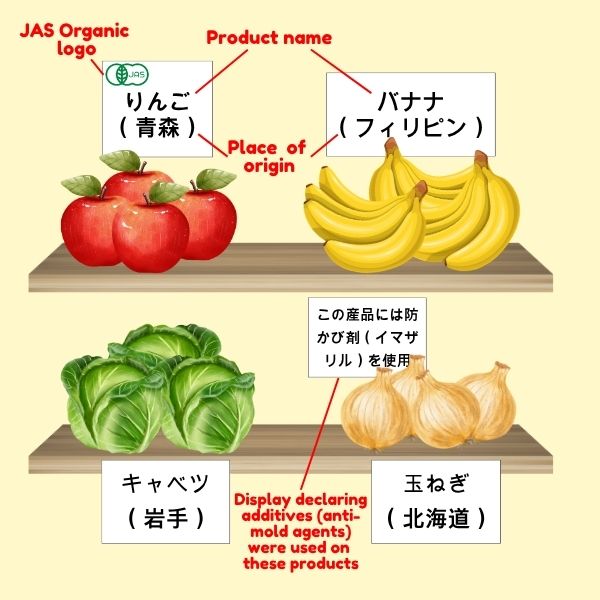
For terminology for fruits in Japanese, check out our article: Fruit Vocabulary Cheat Sheet.
But don’t forget your vegetables! We have one for that too: Japanese Vegetables Vocabulary Cheat Sheet
Meat Products
Japanese laws mandate that any products containing meat must be declared in the ingredient list.
When it comes to raw meat, the following rules apply:
- All meat products from Japan must say its domestic (prefecture is optional)
- Imported meat products must state their country of origin
- For domestic beef, the cattle’s identification number needs to be included on the packaging.
- If the meat is packaged, they must include the name of the product, net quantity, use-by date, storage information, and the producer’s name and address
Below are some typical labeling conventions for raw meat products:
| Japanese | Furigana | English |
| 豚バラ肉 butabara niku | ぶたばらにく | Pork belly meat |
| 国産 kokusan | こくさん | Domestic (often prefecture or town is stated instead if domestic) |
| 保存方法 (要冷蔵4°C以下) hozon houhou (kanameireizo 4°C ika) | ほぞんほうほう (かなめいれいぞう4°Cいか) | Storing information (Must Refrigerate at 4°C or below) |
| 消費期限 shouhi kigen 25. 1. 1. | しょうひきげん 25. 1. 1. | Use Before 1/1/2025 |
| 内容量 naiyouryou 800 g | ないようりょう 800 g | Weight Content: 800 g |
Below is a graphic showing meat and certain meat products to be aware of:
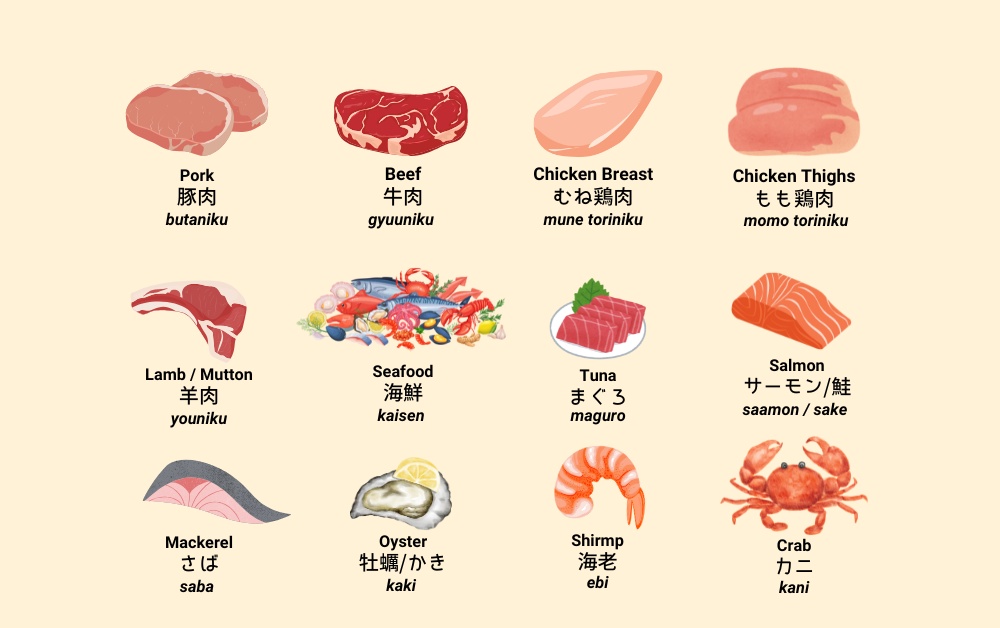
Dairy Products
Fresh and processed dairy products are regulated by both the CAA and MAFF. All dairy products must clearly declare product contents such as milk fat, non-milk fat solids, ingredients, and any preservatives or additives.
Additionally, dairy products have unique labeling rules requiring them to declare product categories:
| Category | Japanese | Requirements |
| Milk | 牛乳 gyuunyuu | Unaltered raw milk, pasteurized; no additives. Must contain: ≥ 3.0% milk fat, ≥ 8.0% non-fat solids |
| Low-fat milk | 低脂肪牛乳 teishibou gyuunyuu | Milk fat between 0.5% and 1.5% |
| Non-fat milk | 無脂肪牛乳 mushibou gyuunyuu | Milk fat less than 0.5% |
| Processed milk | 成分調整牛乳 seibun chousei gyuunyuu | Some milk components (fat, water, solids) adjusted, but no added ingredients |
| Milk drinks | 乳飲料 nyuu inryou | Includes added ingredients (e.g., vitamins, calcium, sugar, flavoring) |
| Fermented milk | 発酵乳 hakkounyuu | Includes yogurt; must declare presence of live bacteria |
| Lactic acid bacteria drinks | 乳酸菌飲料 nyuusankin inryou | Lower milk content, more like Yakult-style drinks |
Quick Tip: Notched Milk Cartons
So, pure milk cartons in Japan have a notched or small arc cut at the top of the carton’s flap. This is used to let people with poor eyesight know that the item is pure milk and not some other dairy product such as yogurt, non-fat milk, etc. No other diary product will have this marking unless it is pure whole milk.
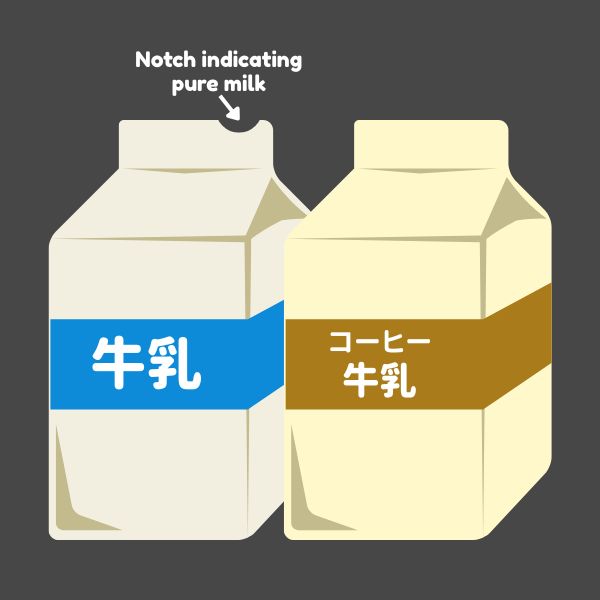
Additive Ingredients In Japanese
Any additives in the product must be declared according to Japan’s Food Labelling Standards to protect consumers, especially those with allergies. However, food additives are highly regulated by the Ministry of Health, Labor, and Welfare (MHLW). Any additives that producers use in their products need to be approved according to Japan’s Food Safety and Hygiene Act.
Products with the JAS organic label generally contain no additives and are certified to ensure the entire production process is free from chemical additives. While products without the label may also be additive-free, the certification offers greater assurance.
Here is a list of additives and processed product terms that are good to know:
| Japanese | Furigana | English | |
| 添加 tenka | てんか | Additives | |
| 甘味料 kanmiryou | かんみりょう | Sweeteners (e.g., aspartame, sucralose) | |
| 着色料 chakushokuryou | ちゃくしょくりょう | Coloring agents (e.g., carmine, tartrazine) | |
| 保存料 hozonryou | ほぞんりょう | Preservatives (e.g., sodium benzoate) | |
| 増粘剤 zounenzai | ぞうねんざい | Thickeners (e.g., xanthan gum) | |
| 酸化防止剤 sanka boushizai | さんかぼうしざい | Antioxidants (e.g., BHA, BHT) | |
| 酸味料 sanmiryou | さんみりょう | Acidulants (e.g., citric acid) | |
| 香料 kouryou | こうりょう | Flavors or flavoring agents | |
| 調味料(アミノ酸等)choumiryou (amino-san tou) | ちょうみりょう (あみのさんとう) | Seasoning (e.g., MSG and other amino acids) | |
| 乳化剤 nyukazai | にゅうかざい | Emulsifiers | |
| 膨張剤 bouchouzai | ぼうちょうざい | Leavening agents (e.g., baking powder) | |
| 酵素 kouso | こうそ | Enzymes | |
| 光沢剤 koutakuzai | こうたくざい | Glazing agents | |
| 安定剤 anteizai | あんていざい | Stabilizers | |
| pH調整剤 pH chouseizai | pHちょうせいざい | pH adjusters | |
| 発色剤 hasshokuzai | はっしょくざい | Curing agents (e.g., sodium nitrite) | |
| 防かび剤 boukabizai | ぼうかびざい | Antifungal agents (mainly for citrus and fruits) | |
| 漂白剤 hyouhakuzai | ひょうはくざい | Bleaching agents | |
| 苦味料 nigamiryou | にがみりょう | Bitterness agents (often in liqueurs or candy) | |
Additive Labeling Rules:
Additives must be listed by function + specific name, for example:
- 着色料(カラメル) chakushokuryou(karameru) = Coloring agent (caramel)
- 甘味料(アスパルテーム) kaminryou(asuparuteemu) = Sweetener (aspartame)
- Group names like 調味料(アミノ酸等) choumiryou (amino santou) are allowed for additive mixtures, especially flavor enhancers
- If a product has no additives, 無添加 mutenka (additive-free) or the JAS organic label may be used
Wrapping Up
It might seem overwhelming initially, but Japanese food and nutrition labels use consistent terminology and consumer protection is taken seriously in Japan, so common allergens, meat products, and additives are required to be listed on products.
Of course, we don’t expect you to remember every word listed in this article but try to remember a specific term you might want to ask the staff about (like タンパク質 or protein). We hope this guide gives you some tools to look out for what you need!
Want to learn more Japanese for daily life? Check out courses at Coto Academy, available in Tokyo and Yokohama!
Want to navigate life in Japan with ease?
What are common Japanese ingredients?
Common Japanese ingredients include soy sauce, miso, rice wine, rice vinegar, salt, sugar, tofu, seasonal vegetables, different fish (tuna and mackerel are common), and much more.
What are some standard Japanese labeling practices?
Labelling practices in Japan largely consist of rules established by the Japanese government. As standard Japanese products list the following: allergens, ingredients, nutrient information, content weight/quantity, how to store, and best by/use by dates.
How are allergens labelled in Japanese?
The Japanese Consumer Affairs Agency (CAA) requires that eight specific allergens be clearly disclosed on any product containing them: peanuts, walnuts, eggs, milk, shrimp, crab, buckwheat, and wheat. Additionally, the CAA recommends labeling 20 other potential allergens.
Do Japanese foods have a lot of additives?
Additives are quite common in a lot of pre-packaged food items since preservatives are useful in preserving product shelf life, and additives are great for making things taste better. All additives must be listed in ingredient lists in Japan.
Does Japanese cuisine use MSG?
Yes, Japanese cuisine often uses MSG or 調味料 (アミノ酸) shoumiryou (amino san). They are commonly found in different common seasonings, restaurants, and pre-packaged foods. The Aji no Moto brand is the most common MSG producer and can be found in most super markets.



